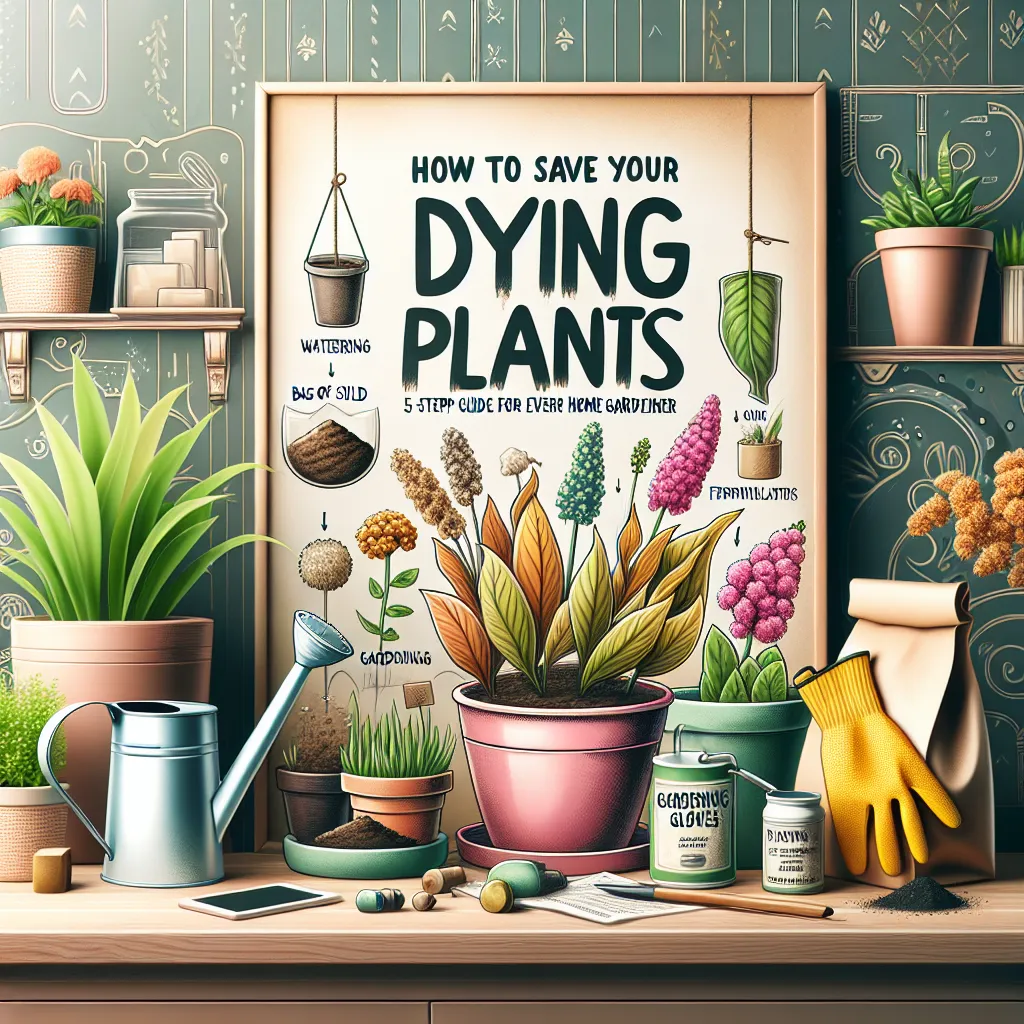Plant care can be a daunting task, but it doesn't have to be! Whether you're a seasoned gardener or a first-time plant owner, our step-by-step guide will help you revive your dying plants and keep them thriving. With a bit of knowledge and patience, you can transform your home into a lush, green paradise.
Step 1: Assess the Situation
Start by examining your plant carefully. Are the leaves yellowing or wilting? Are there signs of pests or diseases, like spots or unusual growths? Understanding the problem is the first step to finding a solution. Don't forget to check the soil as well - if it's too dry or too wet, it could be causing your plant distress.
Step 2: Revise Your Watering Routine
More often than not, watering issues are the culprit behind dying plants. Overwatering can lead to root rot, while underwatering can dehydrate your plant. Adjust your watering routine based on the plant's needs - succulents, for instance, require less watering than tropical plants. Remember, it's better to underwater than overwater!
Step 3: Ensure Optimal Lighting Conditions
Like all living things, plants need light to thrive. However, not all plants require the same amount of light. Some plants prefer bright, direct sunlight, while others prefer indirect light or shade. Check your plant's light requirements and move it to a suitable location if needed.
Step 4: Check the Temperature and Humidity
Temperature and humidity can significantly affect your plant's health. Some plants prefer cooler conditions, while others need a warm, humid environment to thrive. Consider investing in a humidifier or a heat lamp if your home's conditions don't match your plant's needs.
Step 5: Repot if Necessary
A common reason why plants struggle is that they've outgrown their pots. If your plant's roots are poking out of the drainage holes or the soil is drying out too quickly, it might be time to repot. Choose a pot that's slightly bigger than the current one and use fresh, well-draining potting mix.
Conclusion
Reviving a dying plant requires patience and a little bit of detective work to figure out what's going wrong. But with the right care, you can nurse your plant back to health and enjoy its beauty for years to come. Remember, every plant is unique, so what works for one might not work for another. Happy gardening!



